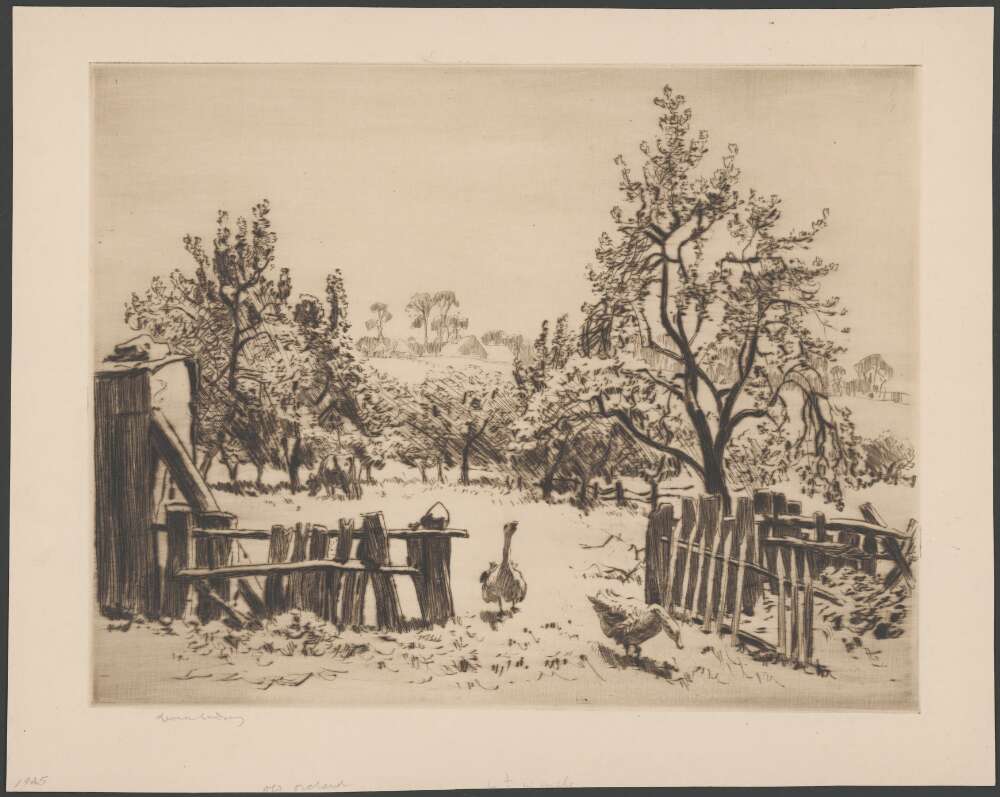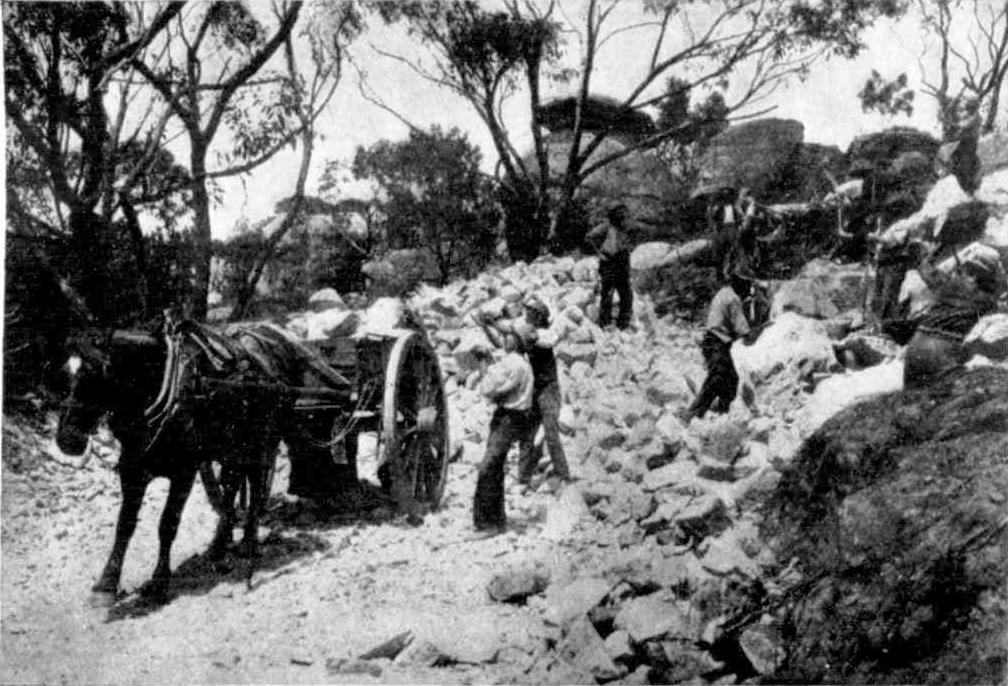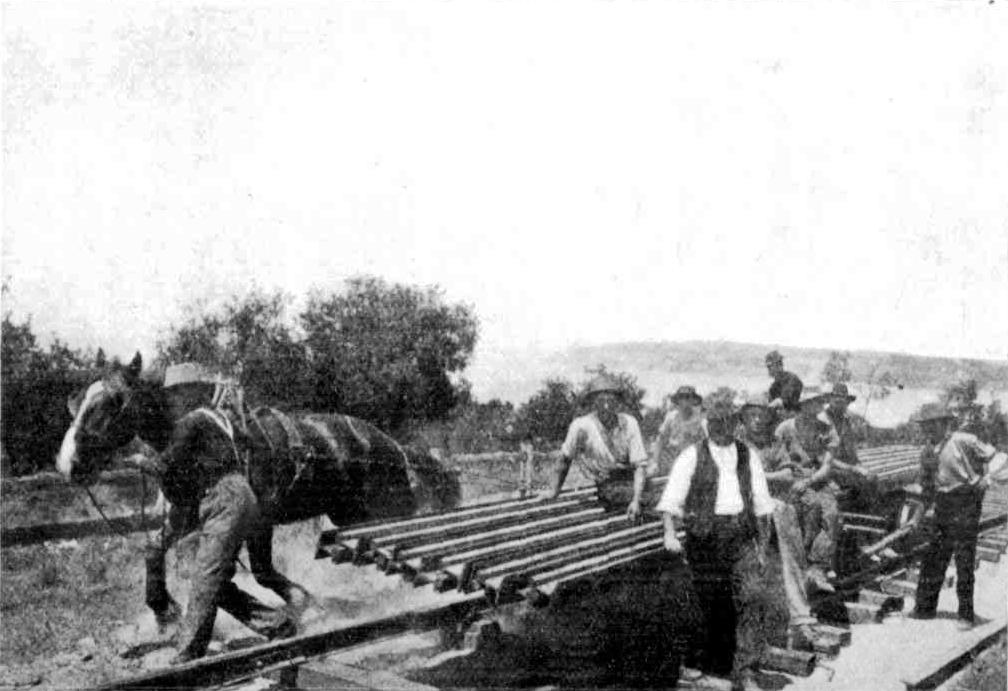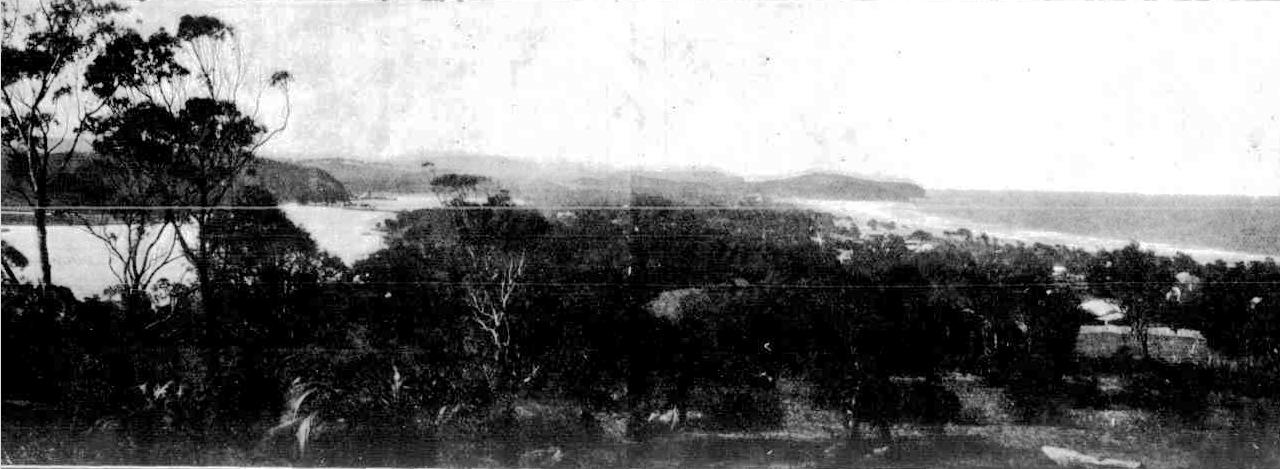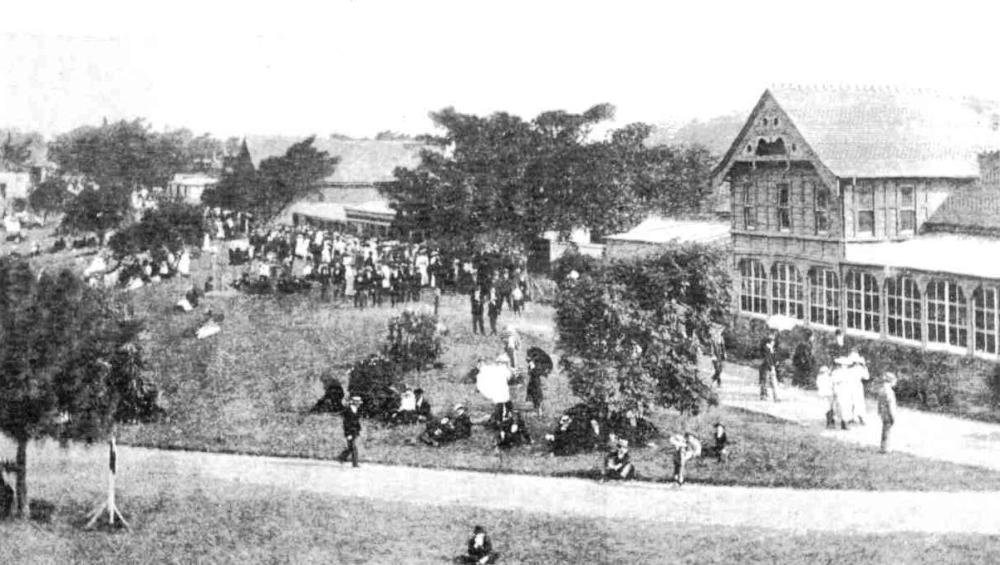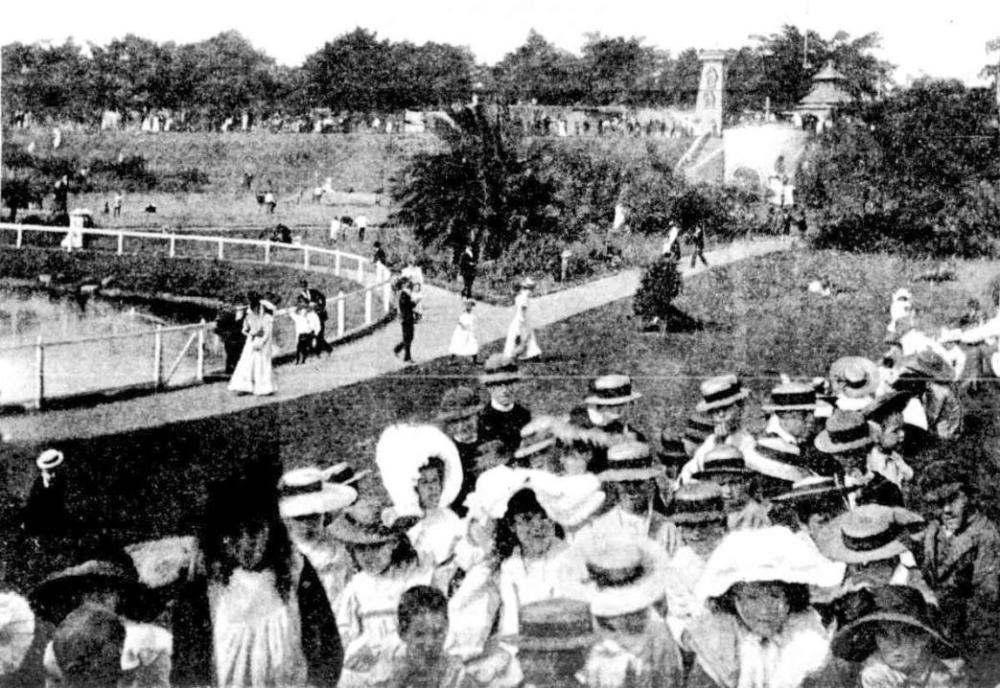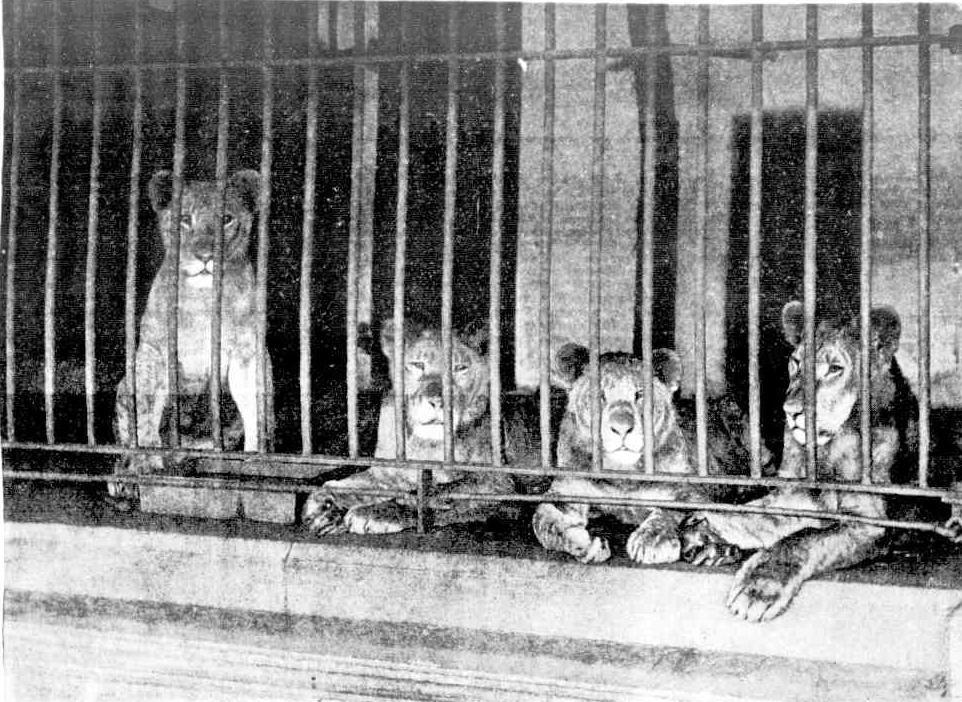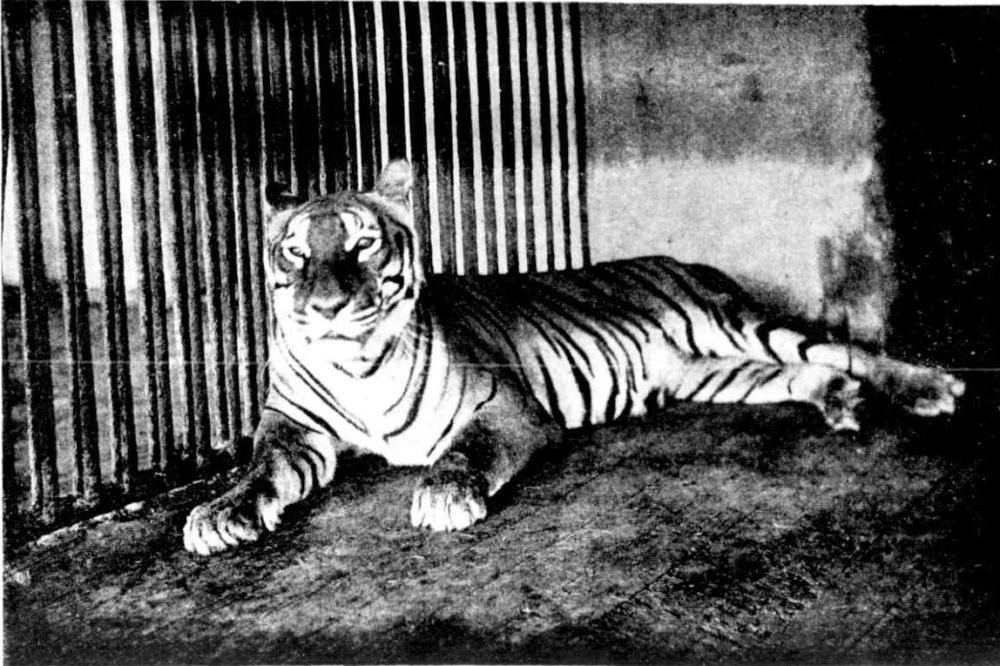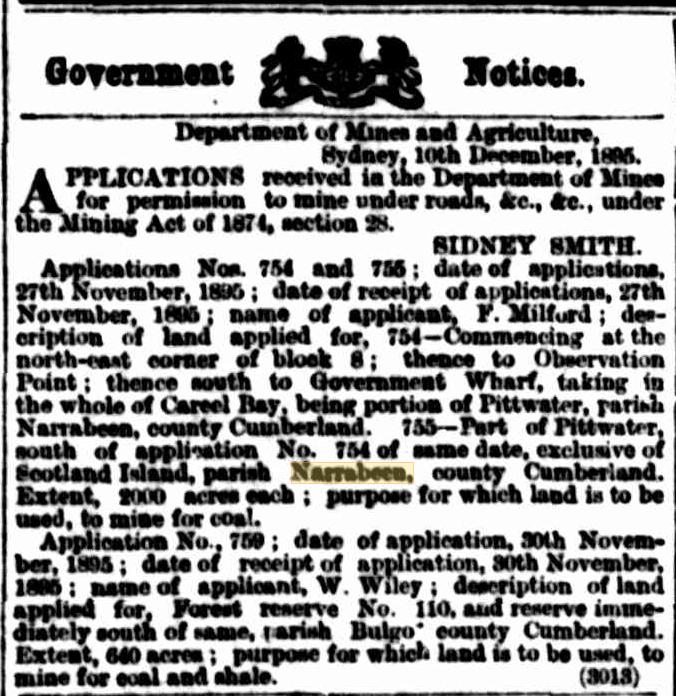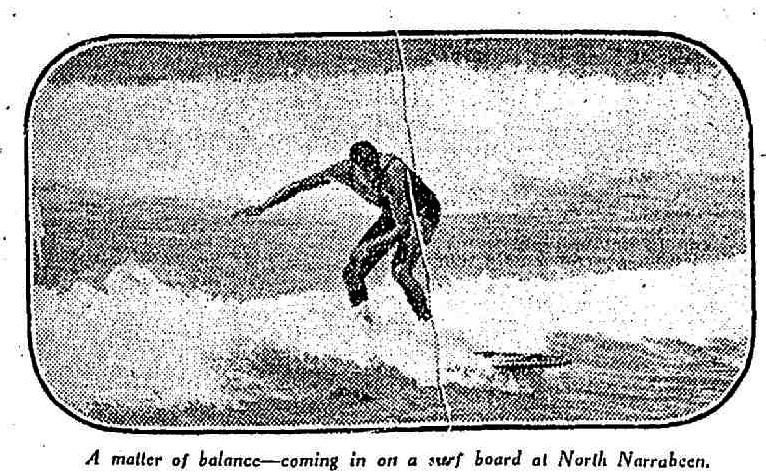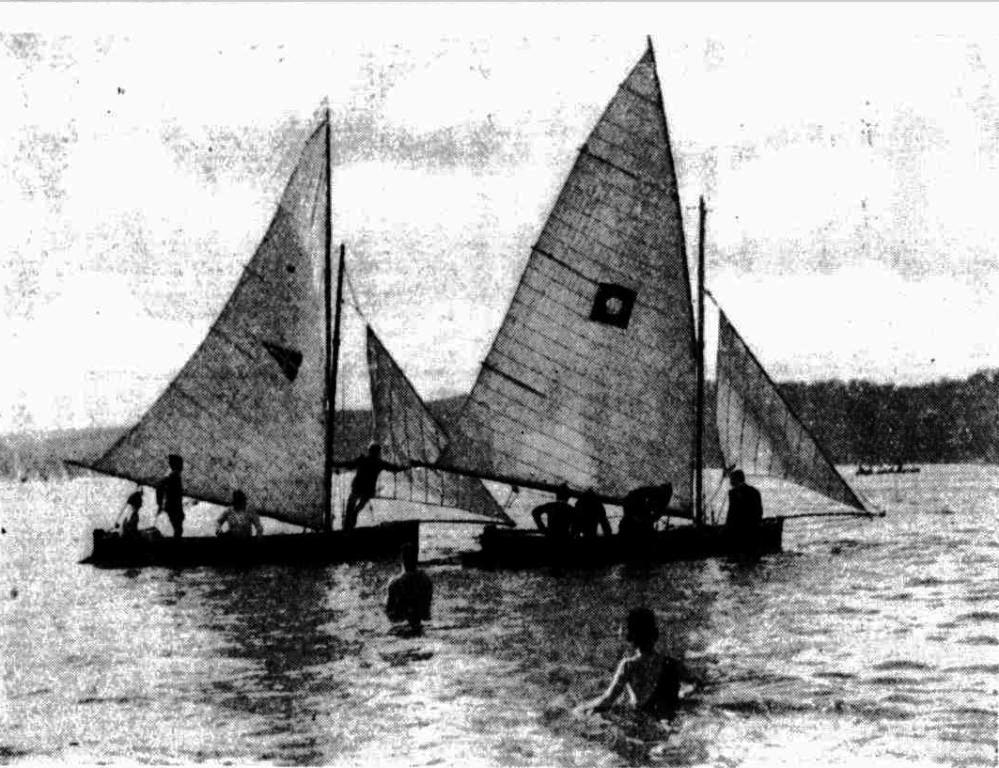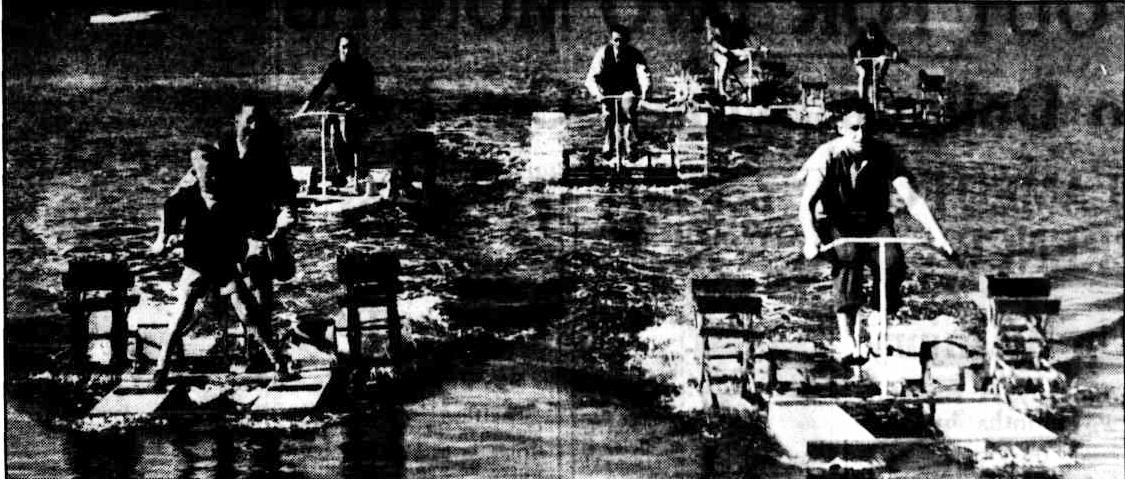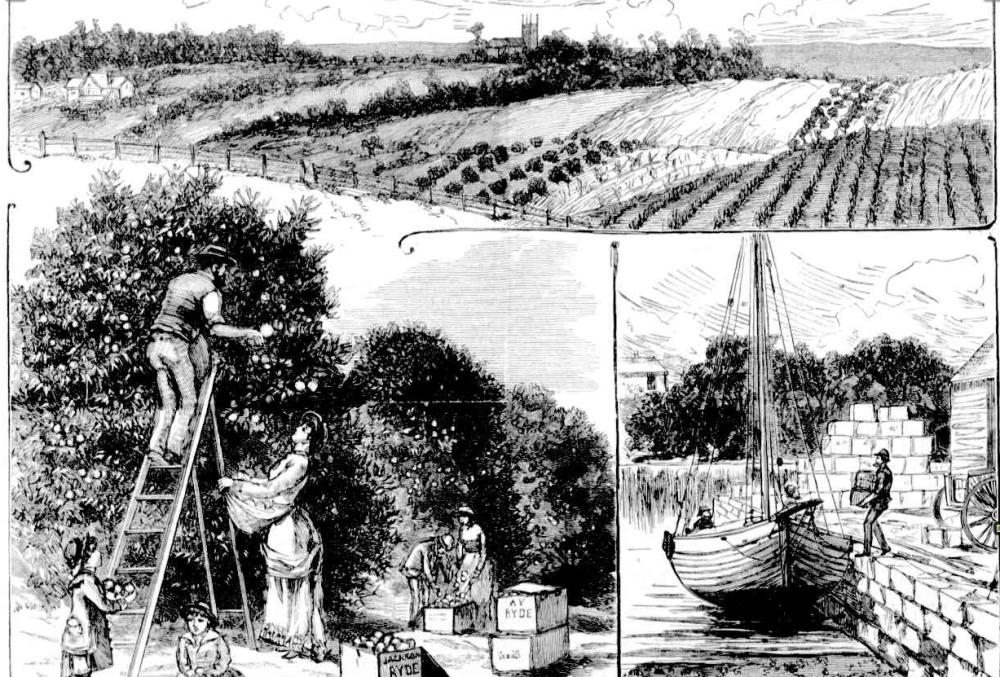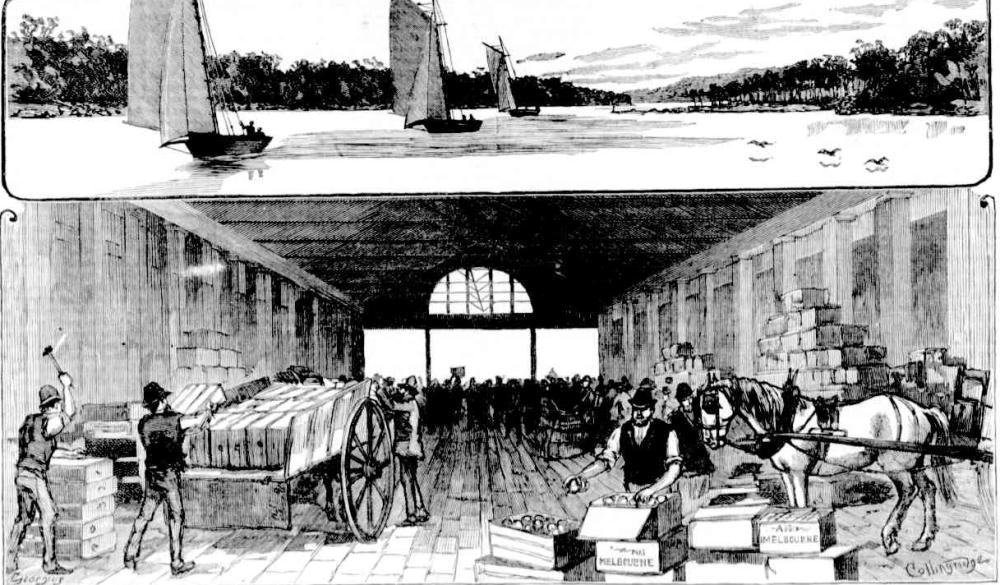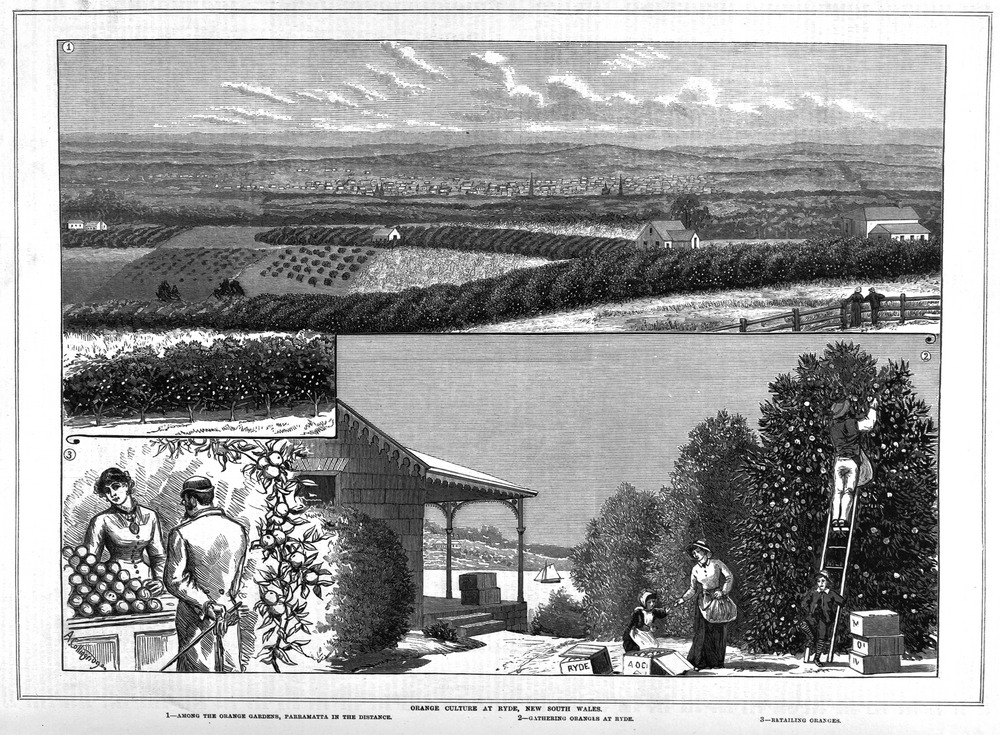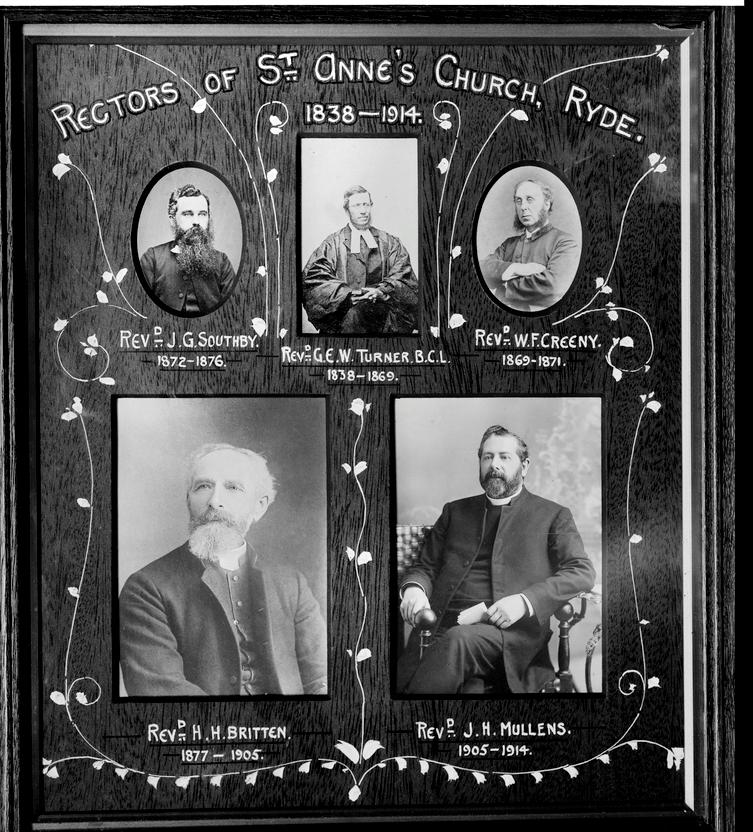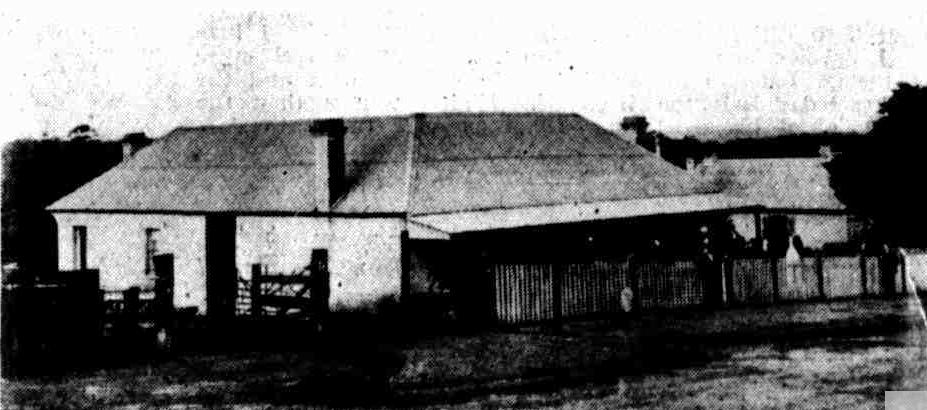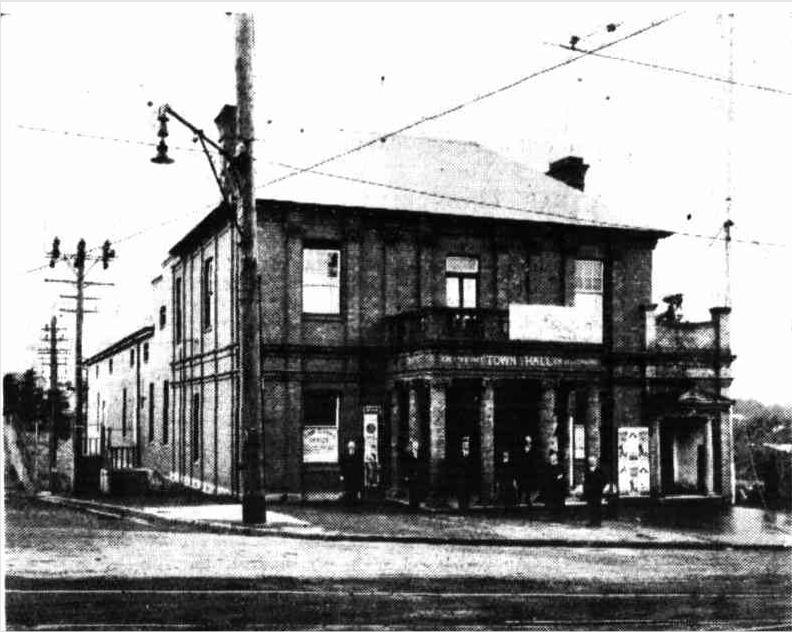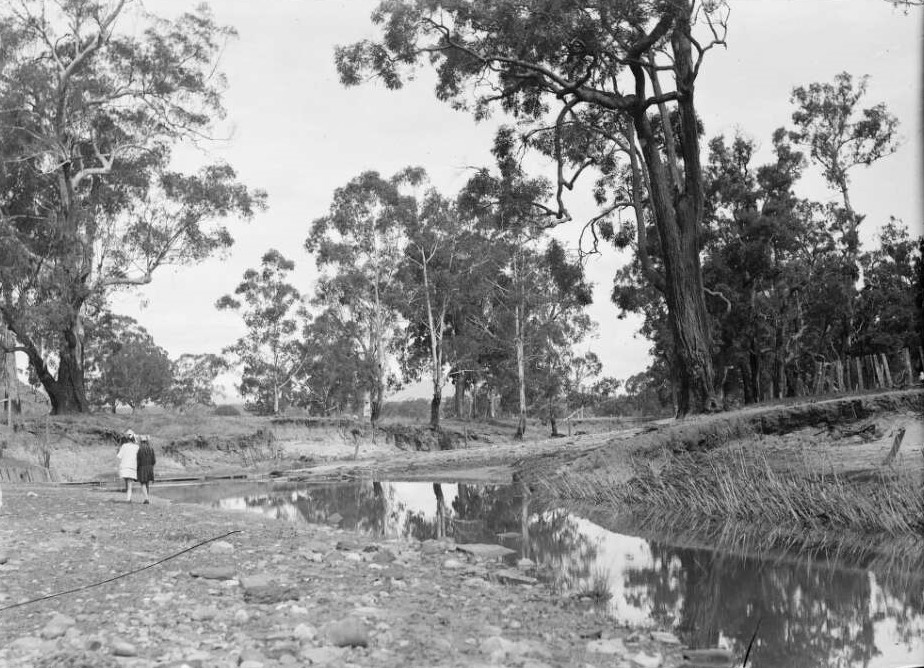Orange culture at Ryde, New South Wales. Collingridges, A., artist. Print published in The Australasian sketcher with pen and pencil. Date created: August 26, 1882. Image no.: mp009008:3111330, courtesy State Library of Victoria.
Historic Ryde: 1791 to 1922
Next to Sydney and Parramatta, Ryde is the oldest centre of population in Australia. Some interesting information concerning its settlement and development is here given by Mr. R. Carmichael.
IN one of the earliest, if not actually the earliest, maps of Australian territory, the Ryde district (with other country; is referred to as a 'track '.tract) of good land to appearance in many places hereabout." This map purported to be "a map of all those parts of the territory of N.S.W. which have been seen by any person belonging to the settlement established at Port Jackson, in the said territory, faithfully constructed from the best materials that could be obtained; and respect-fully inscribed to Captain Twiss, of the Royal Engineers, by his much obliged and most humble servant, William Dawes. March, 1791" — a little more than three years after the advent of the First Fleet, which arrived in Port Jackson on January 26, 1788. Ryde was successively known officially as Kissing Point, the Eastern Farms, and Field of Mars. There is a legend that Governor Phillip, or Governor Hunter, was present at a picnic party which landed on what is now designated Blaxland Point. His Excellency, being caught indulging in "forty winks," was playfully kissed by one of the ladies of the party, for which she expected, and possibly received, the customary reward of a pair of white kid gloves. The second appellation resulted from the fact that the district had been laid out in farms for settlement, these lying east of this reach of the Parramatta River. Quite a number of those farms were taken up by time-expired soldiers — hence the name ''Field of Mars."
The name Ryde was suggested by the wife of the Rev. George Turner, incumbent of St. Anne's, owing to its similarity in some respects to Ryde, in the Isle of Wight, where the reverend gentleman was born. The last name was officially bestowed when the district was incorporated.
Early Land Grants.
THE first grant of land in Australia was; made to a man named Rouse, in 1791. The earliest grants to Ryde settlers were made in the year following, each being issued by Governor Phillip. The first grant in the Ryde district was that made to Isaac Archer, on January 3, 1792. It consisted of 80 acres. Then followed 30-acre grants each to John Laurel, William Careless, and James Weaver, all bearing the date of February 22, 1792. Isaac Archer's grant was afterwards known, and is still referred to, as Linsley's Bush. It adjoins the eastern side of the road running to Pennant Hills wharf, is bounded on the south by the Parramatta River, and on the north by the road leading from Parramatta to Ryde. (The northern frontage of this block was recently sold at, from £2 to £2 10s per foot.) Laurel's grant is directly opposite Mount St. Margaret's, being on the north side of the main road, Ryde to Gladesville. The other two grants are bounded on the north by Morrison-road, on the east by Princess-street, and on the west by Church street.
Religious Services.
THE first religious service held in Ryde — in a barn, on August 26, 1798 — was historical from more than one point, of view. It not only marked an epoch in the history of the settlers, but was conducted by a man who himself had figured in history — i.e., the Rev. William Henry, who was a member of the pioneer mission (sent forth in the ship Duff in 1796), and survived, all his companions. He died on April 1, 1859, aged 87 years, and was buried in St. Anne's Churchyard cemetery. He married, late in life, a lady who was born in Ryde on October 2, 1797, and who followed him; to the tomb on July 28, 1882. To Ryde, belongs the distinction of having possessed the third church erected in Australia. The first, was built in Sydney by the Rev. Richard Johnson, B.A. (the first colonial chaplain), with the assistance of his convict servants, the site being at the junction of Hunter, Bligh, and Castlereagh streets. It was known as the "Wattle and Daub" Church, and was completed on August 25, 1793, on which date the first, service was held. The second church in Australia was built, at Parramatta, of materials of old huts, at the corner of George and Mars-den streets, near the site now occupied by St. John's. It was opened by the Rev. Samuel Marsden on the first, Friday in August, 1796. The third (Ryde's) was erected somewhere on the flats between Glebe-street and the Parramatta River, and was consecrated on July 16, 1800, by the Revs. R. Johnson and S. Marsden. It was a church and school combined, and measured 30ft by 14ft, with a side room, 9ft by 7ft, for the schoolmaster to sleep in. The cost was £40 12s 2d, or £26 7s Id more, than had been subscribed. The causes which led to the erection of this structure, as well as the means adopted to bring the scheme, to fruition, were thus quaintly described -by Missionary Hassall in a letter to the London Missionary Society, dated April 22, 1800: — .. . "In the district of Kissing Point (Ryde) I found it necessary to build an House of God partly on ac-count of the prejudices of the people against each other, they not being willing to attend each other's
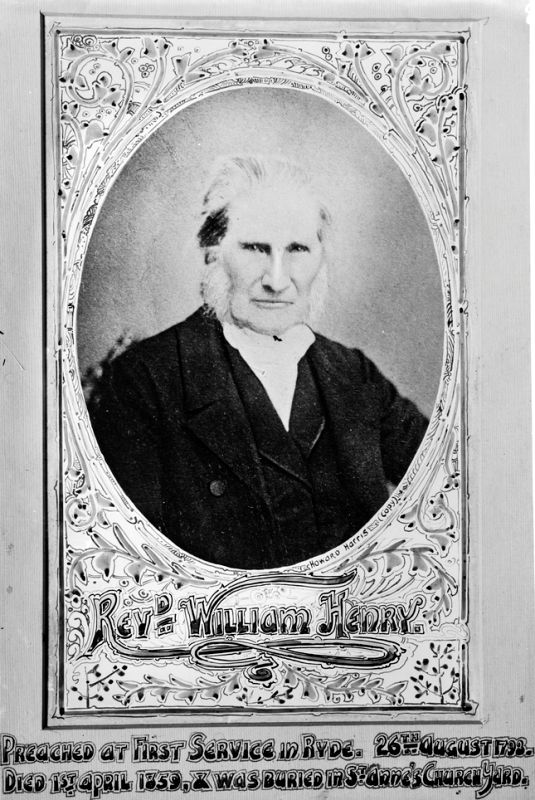
REV. W. HENRY, Who conducted (the first- religious - service held at Ryde — on August 26, 1798. Same image in Box 66 No. 882. Sydney Suburbs - Ryde - Reverend William Henry (portrait) - preached at first service in Ryde, 26th August 1798 Image No.: a6940039h - Mitchell Library, State Library of New South Wales.
Same photo in Box 66 No. 883. Sydney Suburbs - Ryde - Rectors of St Anne's Church, 1838-1914 - Rev. J.G. Southby, 1872-6, Rev. G.E.W. Turner, 1838-69, Rev. W.F. Creeny, 1869-71, H.H. Britten, 1877-1905, J.H. Mullens, 1905-1914.
Digital Order Number: a6940040, courtesy Mitchell Library, State Library of New South Wales.
VIEW OF RYDE FROM REDSHAW'S HILL.
houses; and partly for the purpose of opening a schoolroom for the instruction of the settlers', children. A subscription was opened and we built an house." Appointing a Schoolmaster. IN an earlier communication Missionary Hassall said: — "Twenty-two settlers of Kissing Point voluntarily offered to build a place of worship, and asked us to use our influence to appoint them a schoolmaster to instruct their children. We applied to Governor Hunter, who immediately offered a school-master. The Governor also gave them some material for the building, which should be finished in November" (1799). There was evidently a hitch in these arrangements, as the building was not completed till eight months later than the-time here forecasted. The teacher appointed was Mr. Matthew Hughes, an Irish Protestant, who had been a corporal in a militia regiment before coming to New South Wales. In addition to a room to sleep in he received the munificent sum of 4d per head per week from the 20 children attending the school, or 6s 8d per week in all. Several of the parents were unable to provide the fourpence per week for the education of their offspring; so the missionary paid those missing fees to the schoolmaster out of a fund he had in hand, trusting to the Missionary Society to ratify his action.
A Plot Discovered.
AN interruption of the regularity of Divine service at Ryde occurred soon after the opening of the church above described. Explaining this to the London Missionary Society, Missionary Hassall, in a letter dated Parramatta, September 29, 1800, said he had constantly attended Toongabbie and Kissing Point alternately every Lord's Day. '. . . last Sunday only excepted, when through a report we were led lo believe the Irish Defenders which were transported to this country had an intent to beset the different places of worship and secure the military, with all the principle people, and at a signal that was to be given a bauditte was to rush into the town and kill, burn, and destroy all that lay in their power, having a great number of pikes for that purpose; but through a Divine Providence the plan was discovered, and, having got timely notice, every exertion was made and their plan confuted (and since the above date some of their pikes have been found) but not knowing of the above plan till late on Saturday night, no order could be attended to on the Sabbath. A number of the bandits are now in custody. Some of them have been severely punished, and 1he rest, no doubt, will. At this date we are all in peace, and the Defenders have not been permitted to hurt any person.
History does not explain what became of the little school chapel, but it disappeared, schoolmaster and all, and another building, with another schoolmaster, reigned in its stead. It was recorded in the 'Sydney Gazette' that a meeting of the inhabitants of Kissing Point was held on June 20, 1812, by direction of the Rev. Samuel Marsden, for nominating a schoolmaster for the district. As a result, Mr. William Brown was appointed. The next record showed that on July 11, 1812, subscriptions had been received to the amount of £106 6s 'for the purchase of a farm and buildings to be used as a chapel and schoolhouse, the 28 acres of farm to be let to keep the buildings in repair.' The site of Ibis new chapel and school was undoubtedly John Jones's grant of 30 acres between Pope-street and Buffalo-road. The foundation of the present St. Anne's was laid in 1825, and the church was opened in 1828.
The First Baptism
ON the day the first chapel was opened at Kissing Point (122 years ago) three baptisms took place, and the records of those were made in the Rev. Johnson's handwriting, in an ordinary plain book, each entry being written in and ruled off. The children baptised were: — Joseph Hatton, born May 5, 1800; Elizabeth Wood (date of birth not given) ; and Enoch Weaver, born July 30, 1796. The first baptism, after the creation of St. Anne's Parish, was that of Ann, daughter of John and Elizabeth Small, on May 21, 1826; the first, marriage, that of Wm. Pollard and Susannah Rearson (by consent of Governor Darling), on August. 11, 1827; and the first, burial Anthony Bergin, September 16, 1820, the chaplain then being the Rev. John Espy Keane. So far as the Church of Rome is concerned, the Marist Fathers, who established themselves at Villa Maria, between Woolloomooloo and Double Bays, in 1845, and afterwards at Tar bun Crook (Hunter's Hill), attended to the spiritual needs of those of their faith in Ryde, until, in the late 50's, St. Charles's Church was established. Other denominations followed, and now the Methodists, Baptists, Presbyterians, and Congregationalists are represented as well.
Parkes and Other Noted Men
ASSOCIATED with Ryde have been some men who were memorable in the history-making of Australia. The' late Sir Henry Parkes lived for many years in that fine old stone pile Hellenic, originally built, under difficulties, away back in the '40's, for the late Isaac Shepherd, who was born in the district in 1800. Hostile blacks provided the difficulties, the workmen having to be protected against the attacks of these by a detachment of soldiers. Some of Sir Henry’s family were born at Hellenie, and there also many of his poems were written. Mr. Wm. t osier, afterwards Agent-General for N.S.W., was for many years a resident of Brush Farm. Previous to that Brush Farm was the home of Mr. Gregory Blaxland of Blue Mountain exploration fame. The old house at Ermington Estate, now remodelled, was the residence of Major Lockyer. The homestead at Meadow Bank, built about the year 1835, was the residence of Captain Bennett (master mariner ) , who had previously lived at Byedale. An old house near the Ryde railway station, bearing the date 1803, was a sly grog shop, frequented mostly by timber-getters. The track along which timber was hauled, traces of which could be seen till recently, led past this house to Meadow Bank creek, whence the timber was boated to Sydney. In 1854 Mr. J. K. Hey don resided at Ermington, and in the earlier '50's
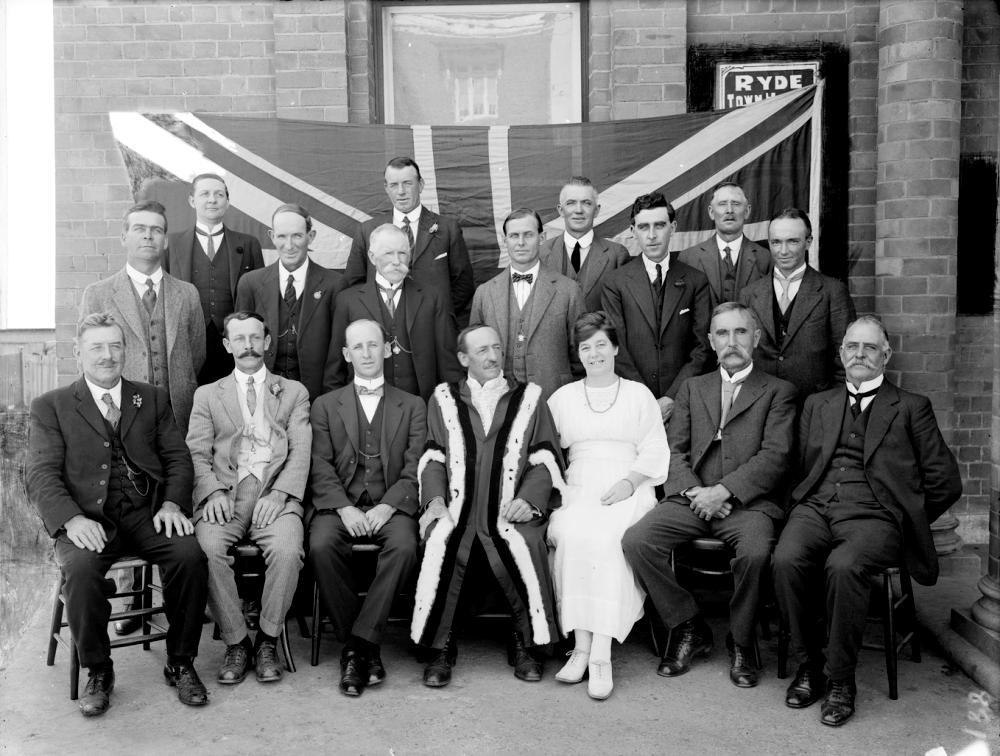
Same photo held in State Library of NSW Box 66 No. 881. Sydney Suburbs - Ryde - Council (portrait groups) Image No.: a6940038h
ALDERMEN AND OFFICIALS OF RYDE MUNICIPAL COUNCIL. Front Row (left to right) :- Alderman C. R. Summerhayes, Alderman A. Stewart, D. N. Morrison (town clerk), Alderman C. Dyer, Miss J. Kelly (typiste), Alderman P. G. Chatfield, Alderman C. Folkard. Back Bow: S. Brettell (engineer) , H. Bloomfield (deputy town clerk), W. Colhoun (caretaker), Alderman W. Watt, Alderman H. Seddon, Alderman C. Davis, J. W. Ainsworth (health inspector), E. E. Seale (rates clerk), Alderman R. Skelton, H. Harper (valuator). Since the group was photographed Alderman C. B. Summerhayes has been elected Mayor in succession to Alderman Dyer.
Mr. (afterwards Sir) John Bayley Darvall, one of New South Wales' first responsible Ministers, lived at Cleves, Mile Point. This he sold to Charles Blaxland, and then 'went to live in the old stone house, still tenanted by his descendants, near the railway station. The Hermitage (Blaxland-road) was built in 1854, and was for some time the residence of the Hon. John Blaxland. It, too, is still tenanted. The buildings of those early days, though lacking the style of modern architecture, could give points to many of our up-to-date , houses. Hellenie in more prosaic times was the scene, of the manufacture of excellent whisky but the 'enterprise' was speedily ended by the intervention of the Ryde police, under ex-Sergeant John Ross.Another prominent Australian whose home was in Ryde was the late Hon. James Squire Farnell, whose life was practically spent in the district.
OLD COUNCIL -CHAMBER AT RYDE.
THE PRESENT COUNCIL - CHAMBER AND TOWN HALL.
Supplying Sydney With Produce
FROM its earliest inception Ryde supplied the metropolis with fruit and vegetables, also timber for building purposes and metal for the macadamising of the city streets. Concerning the fruit industry, an advertisement which appeared in the- Sydney 'Gazette and N.S.W. Advertiser' on Sunday, May 10, 1805, read: — 'For Sale. By W. Furber, at Kissing Point, a number of peach seedlings of a proper age for transplanting, and, if taken in quantities, will be disposed of at the -very low price of 4d each plant. Also, some very fine vinegar at 8s per gallon.'
In those early days carriage was by water, barges and cutters principally being used for the purpose. It was no uncommon thing for those vessels to occupy a whole day in reaching Sydney, when squalls or baffling winds or calms were met with. As time went by roads were opened up and a punt service instituted, vehicles then going by way of Five Dock to Sydney. Still later the distance was further shortened by a punt service at Balmain.
The first hops grown in Australia were propagated at Ryde by James Squires, a soldier, in the reign of George II T., who brought them from -his native county, Kent. He established a brewery not far from the Ryde wharf, close to which was a tavern. The first orange trees grown in Australia were also cultivated in Ryde, about 130 years ago. They were grown by the Rev. Richard Johnson from pips that he had brought from Rio de Janeiro, on the land surrounding what is now known as Mr. Shepherd's residence, close to which the pioneer chaplain had his' home for a time.
Remarkable Contrasts
WHEN incorporated in; 1871 the area of the Ryde municipality was 15-69 square miles. This, however, was reduced to 1111 square miles on the secession of Marsfield (now Eastwood) on June 2, 1894. At the beginning the value of Ryde's ratable properties was £105,000, the annual revenue £1060, and the annual expenditure £1365. Now the unimproved capital value of properties is £1,289,966; the improved capital value, £2,443,811; and the annual average rental value, : £1,888,320, the annual revenue being £36,800, and the annual expenditure, ditto. There were at first 243 dwellings and 322 assessments, while now the dwellings number about 3100 and the assessments 14,700. In 1871 the population was 1458 persons, while now it numbers 15,500. There are now about 200 miles of formed streets, about 100 of which are macadamised. Land values in Ryde have increased enormously. For example, since the inauguration of the tramway service, on December 12, 1908, land that could previously be bought at 5s, 7s 6d, and 10s per foot has been sold up to £4 per foot. In the centre of the municipality it has been sold up to £12 per foot. Kerosene lamps for street lighting were superseded by gas on February 1, 1893, and gas by electricity on July 1, 1921. Up to about 20 years ago about three-parts of the total area of Ryde were held by seven or eight families, while the glebe lands, acquired about 1812, occupied a considerable area. Most of these estates have long since been unlocked, with results that are abundantly apparent to-day. Steps are now being taken to dispose of the glebe lands.
Beautiful Surroundings
RYDE- is noted for the picturesqueness of its scenery. From Brush Farm, the highest point in the municipality, a panoramic view is gradually unfolded to the vision, extending from the Pacific to Mount Wilson (beyond Blackheath), 80 miles away. This comprehensive and beautiful scene, with the waters of the sinuous Parramatta 'River sparkling in the foreground, was described by Froude, the historian, or Edmonds, the Trish patriot (there is some doubt about the matter), as being well worth coming all the way from Europe t.-see. It is only one of many vantage points.
Historic Anecdotes
SOME of Ryde’s historic anecdotes, duly authenticated as they are, are worth recalling. The old stone house near the Ryde railway station, bearing the date 1800 was as has been said, a sly grog shop, and it became necessary to 'give the office to the inmates when the police suddenly appeared in the neighbourhood. As distinguished from present-day methods of conveying similar warnings, the plan al that time was as novel as it was effective. The proprietor, Williams by name, merchouled at the top of his voice. 'Mother, the hawk is taking the chickens!' In those days the free gentry were assigned convicts as servants. These convicts were numbered, like parcels of goons in an auction room, and when they misconducted themselves were ordered so many lashes, which were, of course, inflicted by the proper authority. Convicts — ^ having duly earned 30 lashes, was despatched to this authority with a note indicating the extent of the punishment. On the way he met; a blackfellow and gave him the note, telling him to give it to the 'big fellow over there,' who would give him 'something good.' Jacky delivered the note, and, much to his surprise and indignation (he was a son of King Billy . was promptly trussed up to the triangle and given, with gusto, the 30 lashes intended for Convict No. — . After that, Jacky p.sciiewed notes of every sort, explaining they were 'Baal budgery'— 'no plurry good to him.' The administration of .justice in the T)ft's was not performed in the severely formal way it is to-day. At that period two prominent men in Ryde, inseparable friends, were popularly known as the 'two Jimmies.' One was the chief magistrate of 1he district, and the other an ordinary citizen. They 'got on the spree' one memorable night, and when told it was closing lime the magisterial 'Jimmie' struggled home, 'as full as a tick' and quite incapable of speech. The other began singing and shouting, and w7as arrested for drunkenness. Next morning 1he magisterial Jimmie presided on the Bench, as usual, while the other Jimmie figured as the only defendant. The defendant was severely lectured and fined 10s, with the intimation that next time he would get imprisonment without the option of a fine. The magisterial 'Jimmie' paid the fine, unostentatiously, and both went out to allay the pangs of 'hot coppers,' also unostentatiously. Mr. F. J. Cahill, a business man, of Parkes-street, Ryde, a native of Parramatta, recollects attending, as a boy, a guild picnic from Sydney, held at Linsley's Bush about 55 years ago. An enjoyable part of the programme was a 'corroboree' by 200 blacks, lasting for a couple of hours or so. This was in marked contrast to the conduct of the blacks about a quarter of a century before, when Hellenic was in the course of construction. For much of the information contained in this article the writer is indebted to Mr. George Collingridge, artist, of Hornsby, the Historical Society, and the trustees of The Mitchell Library.
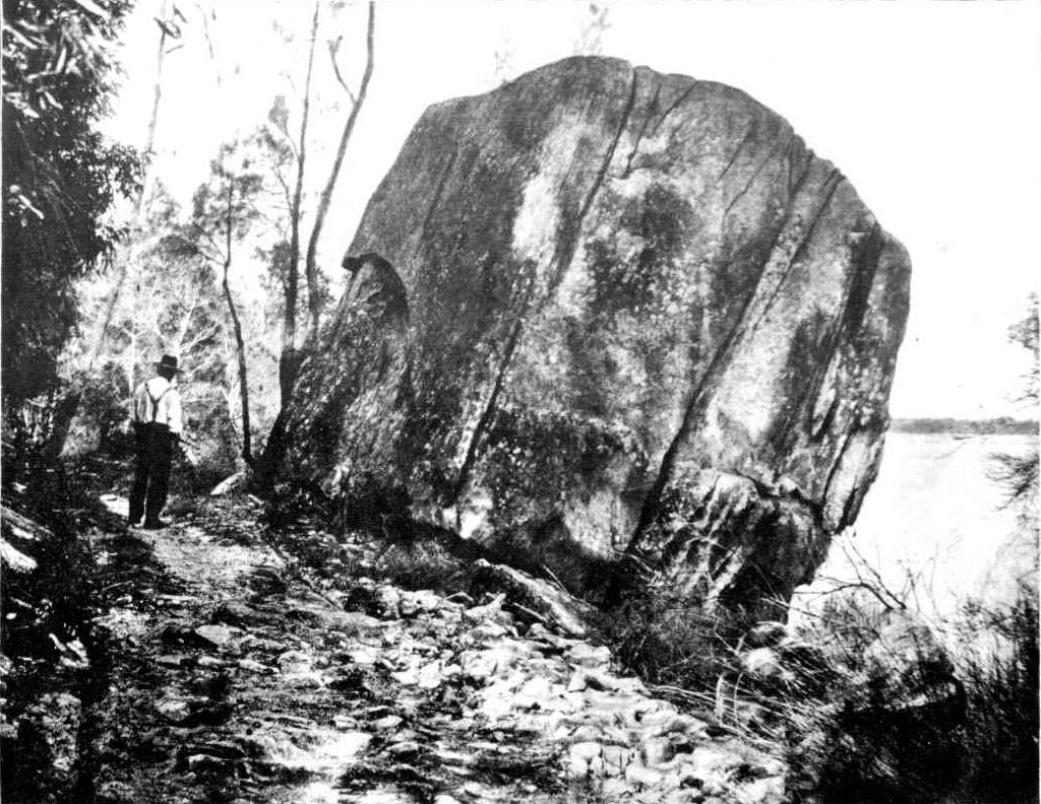
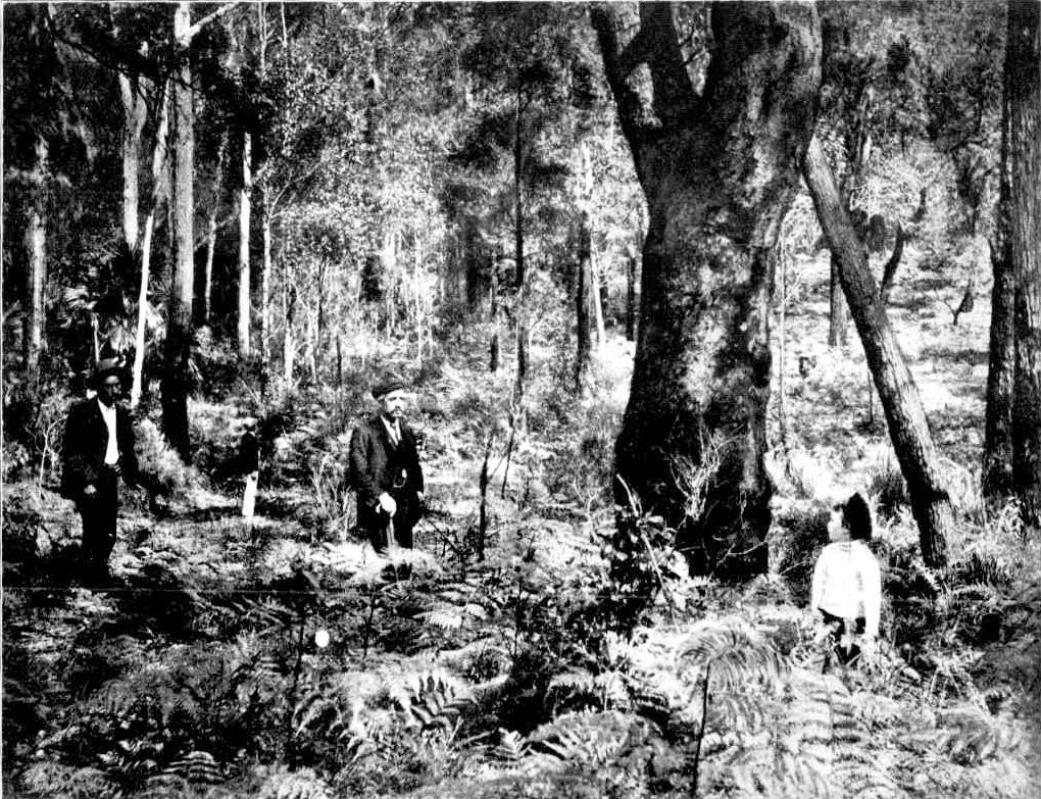
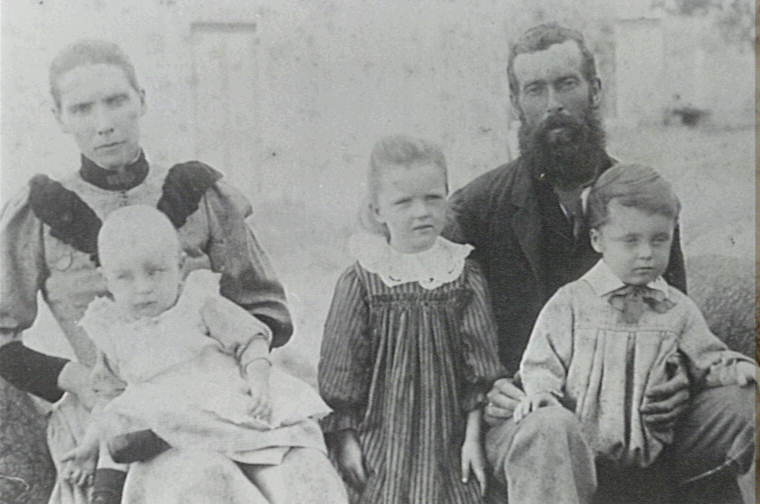
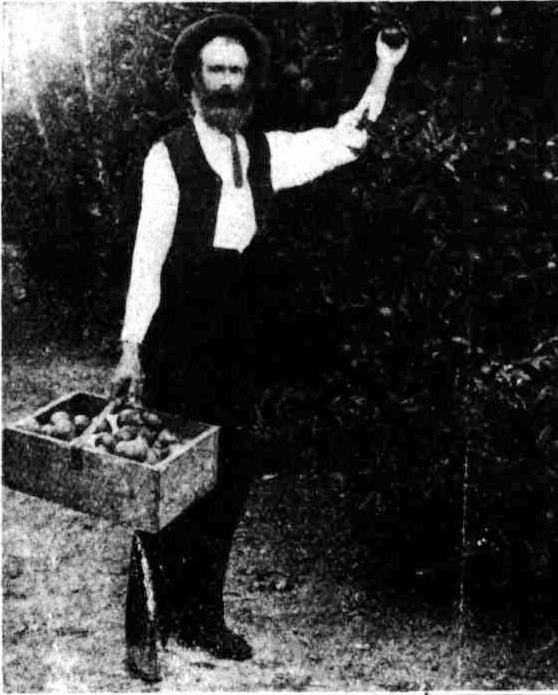
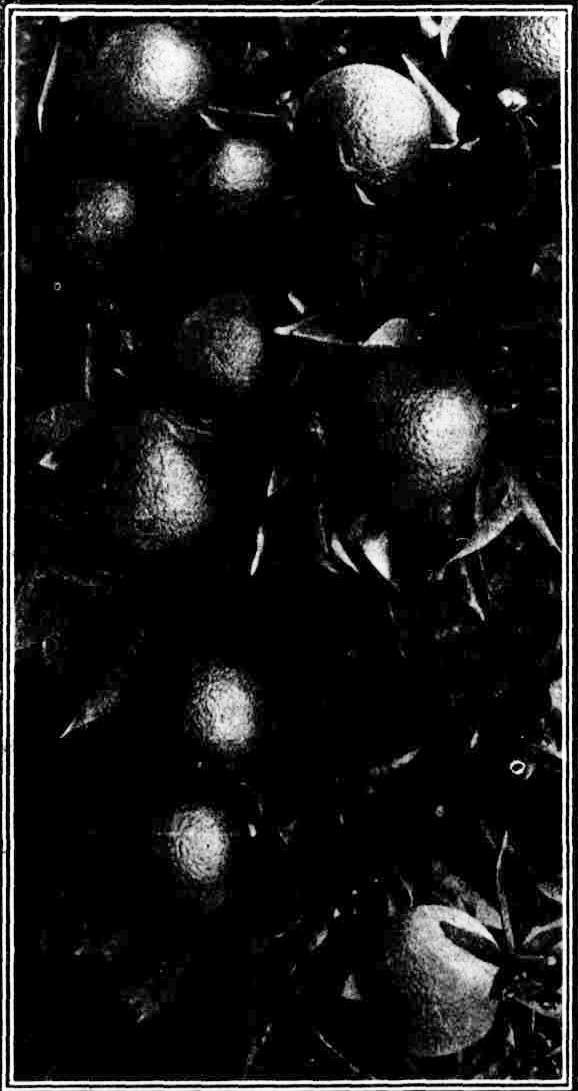
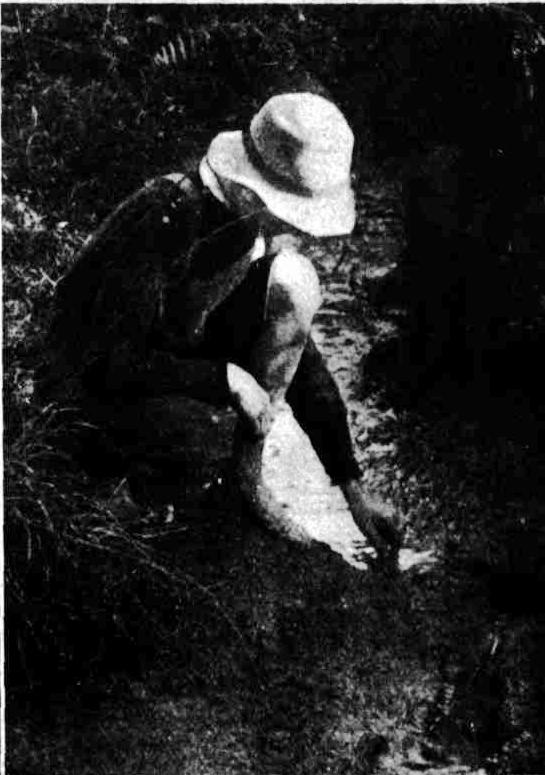

.jpg?timestamp=1570144050514)
.jpg?timestamp=1570144077512)
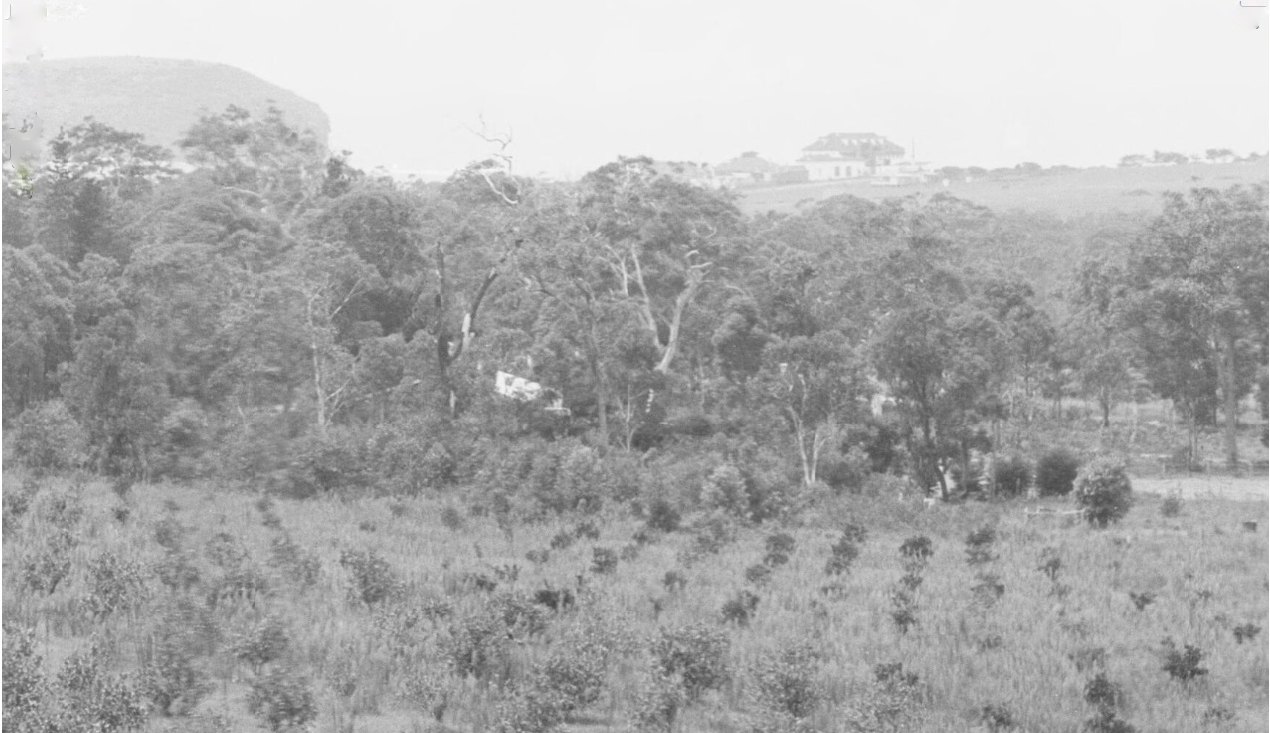
.jpg?timestamp=1570144130410)
.jpg?timestamp=1570144155794)
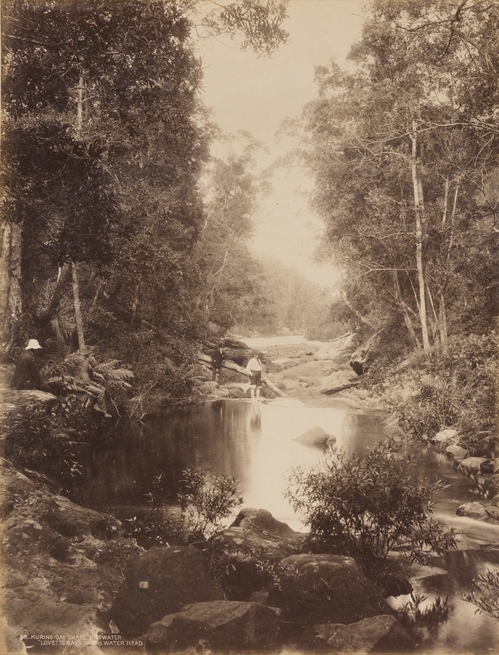 Right: Head of Lovett Bay - from Photographs - New South Wales, 1879 - ca. 1892 / N.S.W. Government Printer. Image No.: 294068h, courtesy State Library of NSW.
Right: Head of Lovett Bay - from Photographs - New South Wales, 1879 - ca. 1892 / N.S.W. Government Printer. Image No.: 294068h, courtesy State Library of NSW.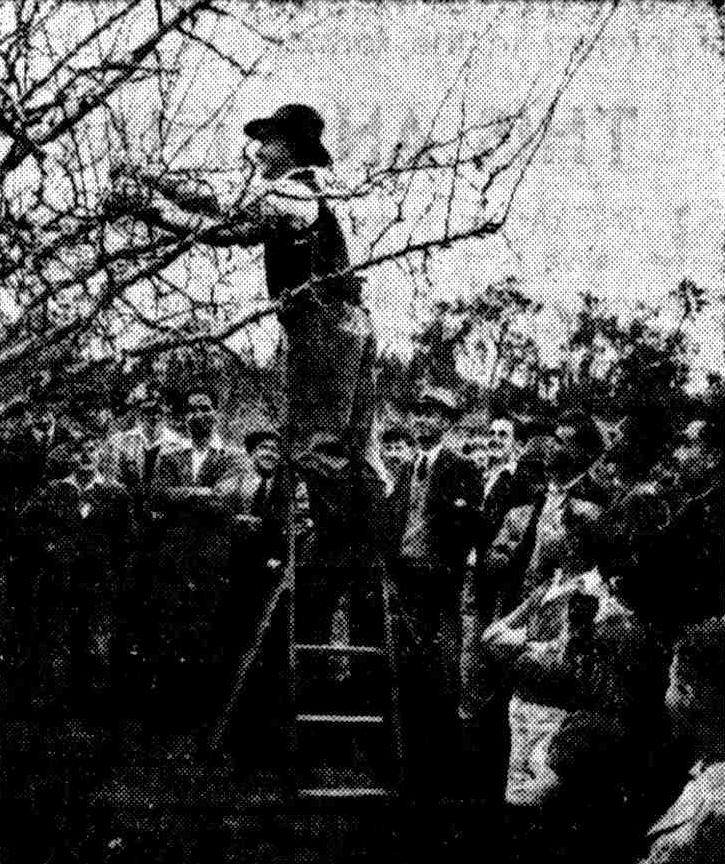
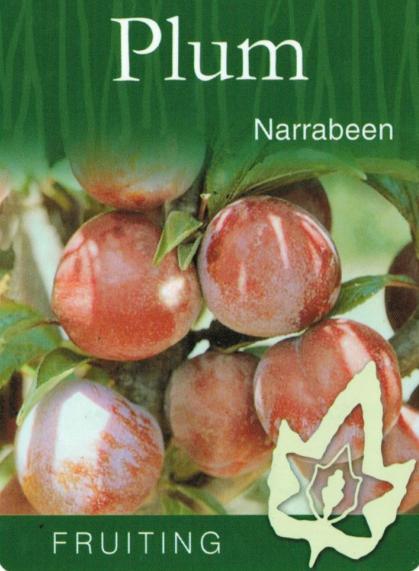 Pollinators For Plum Trees
Pollinators For Plum Trees